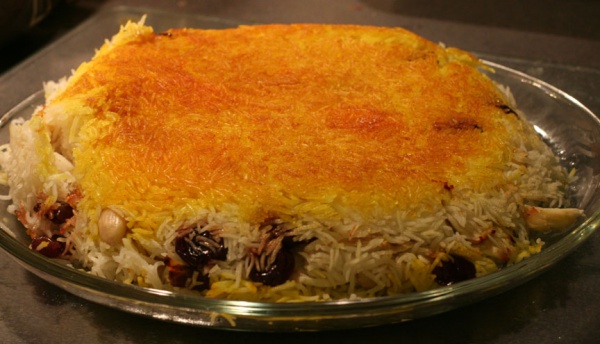Facts About Tahdig
Scorched rice, also known as crunchy rice, is the delectable, slightly browned crust that forms at the bottom of the pot when cooking rice over direct heat. This crispy treat is cherished in various cultures around the world, each giving it a special name and unique culinary uses.
In China, scorched rice is called guoba. It is enjoyed as a snack, added to dishes with thick sauces, or served in soups and stews. In Indonesia, it is known as intip and is transformed into crispy rice crackers. In Iran, the crispy crust, called tahdig, is a prized component of Iranian cuisine, often served to guests as a special treat.
Japan has its own version called okoge, which remains popular and even has a place in traditional tea ceremonies. In Korea, it is known as nurungji and enjoyed as a snack, made into rice tea, or reboiled to create a comforting rice dish.
In Latin America, scorched rice is known by various names such as cucayo, pegao, and concón, depending on the region. In the Philippines, it is called tutong and is used in various dishes, sometimes even as an inventive ice cream flavor. Spain's version, socarrat, is the sought-after crust that forms at the bottom of a paella pan. In Vietnam, cơm cháy is fried until golden brown and topped with various ingredients to create a popular dish.
Each culture brings its own twist to scorched rice, using it as a snack, a flavor enhancer, or a standalone dish. This crispy rice delight showcases the incredible diversity and creativity in culinary practices across the globe.

 Turkmenistan
Turkmenistan